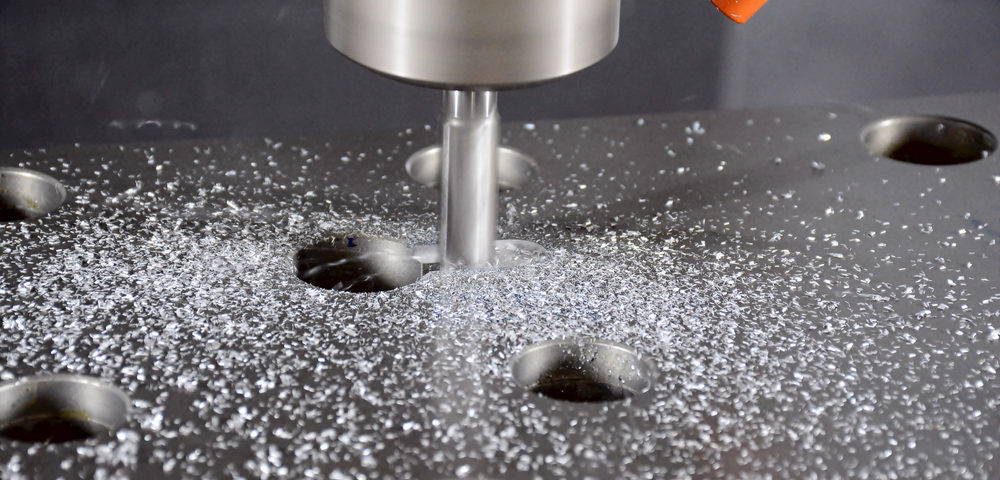When humanity takes a look back at how manufacturing has evolved in just under a century, it could be easy to forget that not so long ago, every single thing we used was created by a human workforce. The industrial revolution certainly changed how everything worked for the better even if we don’t acknowledge it. CNC machining is just among the many procedures that have been boosted by technology in the last 20 years, and Lathes have become one of the critical components to make that happen. CNC Lathes machines are the ones doing the main task in manufacturing that has been needed for more than a century now: it spins the material being used by the device in one axis while the cutting tools finish the job required to shape the part being created.
Man vs. Machine and the Tasks that Can Be Done
As impossible as it may sound, in the old days the work of a Lathe machine was done by 2 to 6 operators in a factory. Technological breakthroughs have managed to create engine lathes for low production runs, Centre lathes to handle spindle speeds, gap bed lathes to work with combined mechanics, speed lathes to handle tasks related to headstock, tailstock and other things. Bench lathes are the choice of domestic tasks, tool room lathes are used by professionals to get natural finishes, turret lathes are the best option to handle sequential work, and S.P lathes that are used to handle heavy tasks. As you can see CNC machining needs little intervention from men now.
Why Should We Work with CNC Lathes?

cnc machining part*
A brief list of simple reasons should do it. Take a moment to consider each one of them:
· No Human Intervention
Where there previously were 2 or 4 men with the task of handling the lathes to create a part, now you just need a single trained operator with basic training on your software of preference. Handling lathes is mostly an automatized process that requires wits and computer knowledge. After handling the different stages of adjustment needed in a production cycle, the operator just needs to hit a switch and let the machines do the rest of the work.
· Outstanding Technology
Remember the days were everyone was worried about automation? It would be funny if the regular person actually learned how much of everything single device they use was crafted using CNC machining. The amount of work handled by CNC lathes can easily surpass any human effort in the last 50 years. Most of these machines can also manage to create complex and intricate designs, so there is actual minimal limit to what they can do.
· Versatility and Accuracy
No human tooling can manage the parts created using CNC machining. Most of these machines can be used to manufacture nearly every single thing you can think of, from furniture to TV sets or even car parts. Those are some levels of versatility that are not achieved in many industries. Since most of these machines are created based on their untapped potential, there is still too much to explore with them. Reaching high levels of accuracy to the designs of the project is another excellent feature for what they are known for, at least when it comes to handling projects demanding precision.
Reference
*The picture is from https://www.honiron.com
